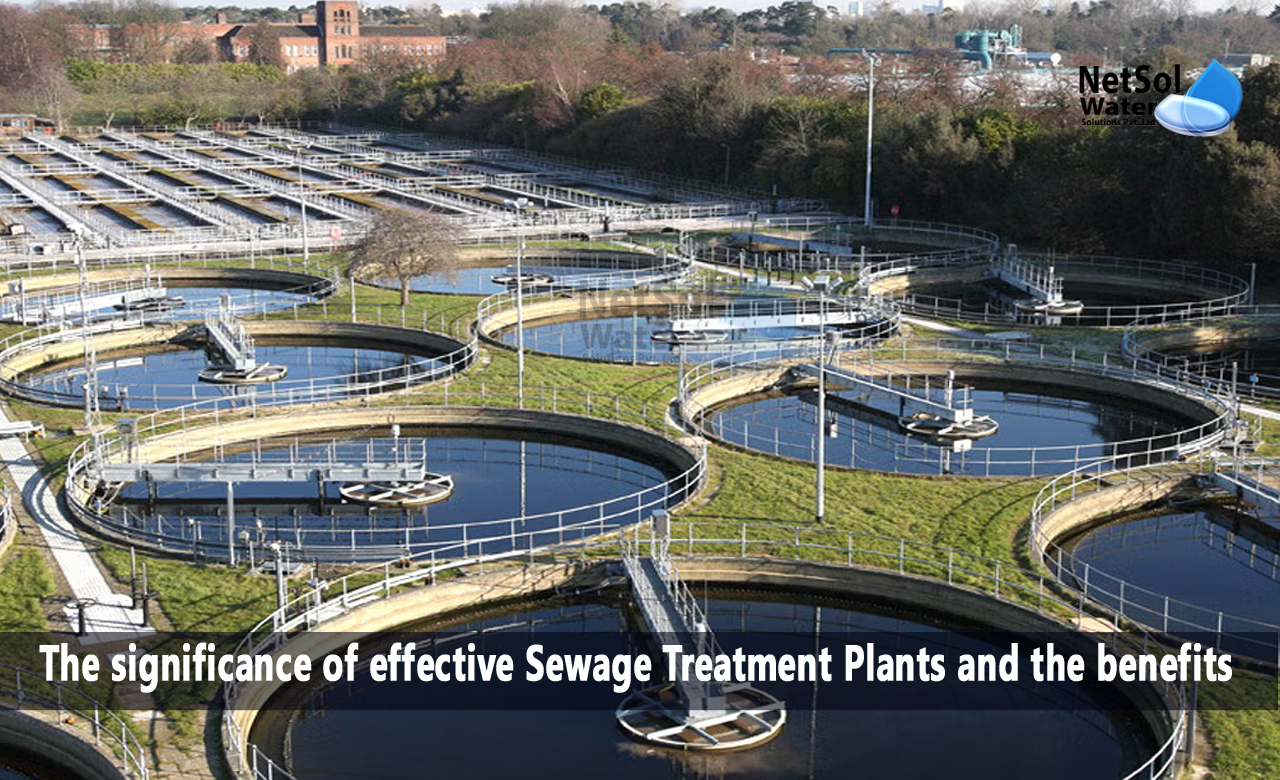The significance of effective Sewage Treatment Plants and the benefits
Access to clean and safe water is a fundamental human right, yet many communities around the world continue to struggle with water pollution and inadequate sanitation systems. In order to protect public health and the environment, the presence of efficient sewage treatment plants is crucial. These facilities play a vital role in treating wastewater, removing pollutants, and ensuring the availability of clean water for all.
In this blog, we will explore the significance of effective sewage treatment plants and the benefits they bring to society.
Protecting Public Health
Sewage treatment plants are designed to remove harmful pollutants and contaminants from wastewater before it is released back into the environment. By effectively treating sewage, these plants help safeguard public health by minimizing the risk of waterborne diseases. Disease-causing microorganisms, such as bacteria, viruses, and parasites, are efficiently eliminated through various treatment processes, preventing the contamination of water sources that people rely on for drinking, cooking, and other daily activities.
Preserving the Environment
Uncontrolled discharge of untreated sewage into rivers, lakes, or oceans can have devastating consequences for aquatic ecosystems and the overall environment. Sewage treatment plants serve as a barrier between pollution and nature by removing or significantly reducing the levels of harmful substances such as organic matter, nitrogen, phosphorus, and heavy metals from wastewater. This ensures that the water bodies receiving the treated effluent remain clean, minimizing the negative impact on aquatic life, biodiversity, and the overall ecological balance.
Nutrient Recycling and Resource Recovery
Sewage contains valuable resources that can be recovered and reused, such as organic matter and nutrients like phosphorus and nitrogen. Effective sewage treatment plants employ advanced processes, such as anaerobic digestion and nutrient recovery systems, to extract these valuable substances from wastewater. The recovered resources can be used in various applications, including agriculture, energy production, and the manufacturing of fertilizers. By promoting resource recovery, sewage treatment plants contribute to a circular economy and reduce reliance on non-renewable resources.
Mitigating Water Scarcity
Water scarcity is a pressing global issue, affecting numerous regions across the world. By effectively treating wastewater, sewage treatment plants offer an opportunity to augment water supplies through water reuse practices. Treated wastewater, also known as reclaimed water, can be used for various non-potable purposes, such as irrigation, industrial processes, and groundwater recharge. By utilizing reclaimed water, communities can reduce their dependence on freshwater sources, alleviate pressure on water supplies, and promote sustainable water management.
Contributing to Sustainable Development Goals
The United Nations Sustainable Development Goals (SDGs) outline a comprehensive agenda for global development. Effective sewage treatment plants play a significant role in achieving several of these goals, including SDG 3 (Good Health and Well-being), SDG 6 (Clean Water and Sanitation), SDG 12 (Responsible Consumption and Production), and SDG 14 (Life Below Water). By ensuring clean water, protecting public health, promoting resource recovery, and preserving the environment, sewage treatment plants actively contribute to sustainable development and support the aspirations of the global community.
Conclusion
Effective sewage treatment plants are vital for ensuring clean water for all and promoting a sustainable future. These facilities play a crucial role in protecting public health, preserving the environment, and mitigating water scarcity. By treating wastewater and removing pollutants, sewage treatment plants contribute to the well-being of communities, safeguard aquatic ecosystems, and support resource recovery. It is essential for governments, organizations, and individuals to prioritize investments in sewage treatment infrastructure, implement innovative technologies, and raise awareness about the importance of clean water and proper sanitation. By doing so, we can pave the way for a healthier, more sustainable future where clean water is accessible to all.




